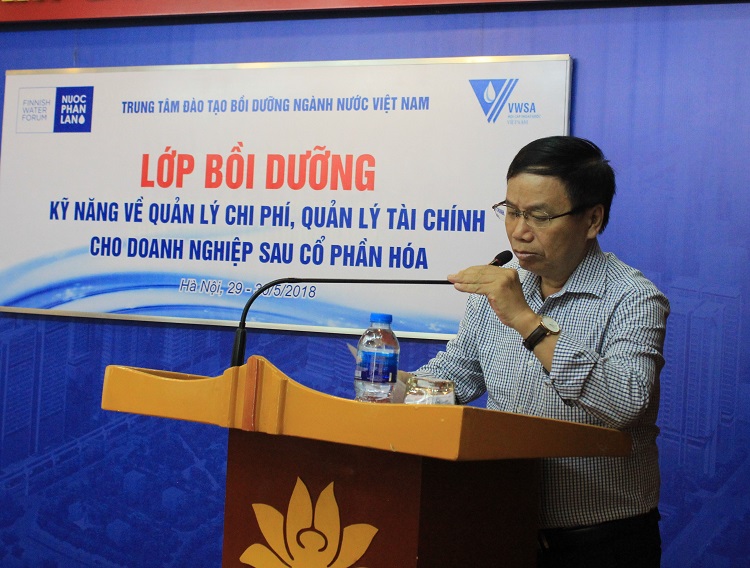VietNamNet Bridge - The Ministry of Natural Resources and the Environment (MONRE) has warned that the underground water levels in coastal provinces and cities from Hai Phong City in the north to Ca Mau province in the south have been decreasing dramatically.
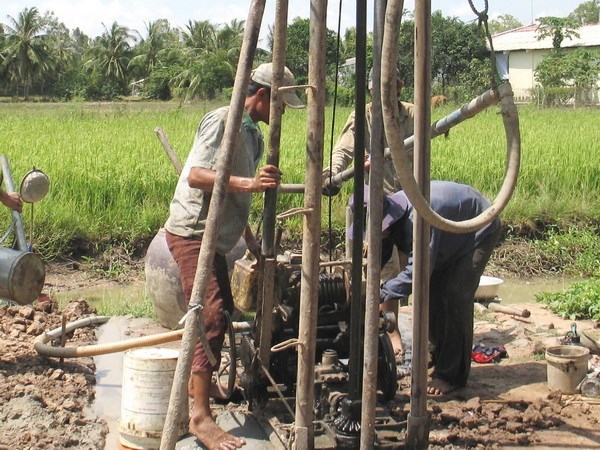
Vietnam economy, Vietnamnet bridge, English news about Vietnam, Vietnam news, news about Vietnam, English news, Vietnamnet news, latest news on Vietnam, Vietnam, underground water, Dong Nai River, Hanoi
According to the ministry&;s Center for National Water Resources Planning and Surveying, most of the cities and provinces throughout the country, have been exploiting underground water for their production and household use.
Some coastal localities in the western and eastern parts of Mekong River Delta use 100 percent of underground water.
It is expected that 5 million cubic meters of underground water is exploited every day, while the figure is increasing rapidly in accordance with rapid urbanization speed and socio-economic development, which leads to higher demand for clean water.
While underground water has been overexploited, people&;s knowledge about the well system, the aquifer system and the possible impacts from climate change & sea water level rise has not improved.
This has led to decreases in water levels, subsidence, water pollution and increased salinity intrusion in coastal provinces.
While underground water has been overexploited, people&;s knowledge about the well system, the aquifer system and the possible impacts from climate change & sea water level rise has not improved.
Nguyen Chi Cong, deputy director of the center, said the latest surveys all showed that the underground water levels in the coastal cities of HCM City, Hai Phong, and Nam Dinh had fallen.
In Hai Hau district of the northern province of Nam Dinh, for example, the underground water has dropped by nearly 10 meters just over the last decade. In HCM City, the water level has fallen 18 meters since 1995.
Cong said water quality has degraded seriously. In coastal provinces of the Red River Delta, most of the Holocene upper aquifer has been contaminated or is affected by salty water, while the Pleistocene lower aquifer has mineralization content of over 1,000 mg/ml. This is not good enough to be used for drinking and cooking.
Meanwhile, the coastal provinces in Mekong River Delta have been facing salinity intrusion in the dry season and high tides in the rainy season.
Nguyen Chi Nghia from the Center for National Water Resources Planning and Surveying, said the water surface has declined in the delta in recent years because of the water exploitation at the resources&; center which has resulted in the salt water intruding into rivers.
Underground water is a precious natural resource, but it has not been protected well in provinces and cities. The overexploitation has led to subsidence in many localities, including large cities like Hanoi, HCM City and Can Tho.
The challenges are believed to be even more serious as Vietnam has a 3,200-kilometer long coastline and one of the top five countries to suffer most from climate change and rising levels of sea water.
Vietnamnet Bridge

Vietnam economy, Vietnamnet bridge, English news about Vietnam, Vietnam news, news about Vietnam, English news, Vietnamnet news, latest news on Vietnam, Vietnam, underground water, Dong Nai River, Hanoi
According to the ministry&;s Center for National Water Resources Planning and Surveying, most of the cities and provinces throughout the country, have been exploiting underground water for their production and household use.
Some coastal localities in the western and eastern parts of Mekong River Delta use 100 percent of underground water.
It is expected that 5 million cubic meters of underground water is exploited every day, while the figure is increasing rapidly in accordance with rapid urbanization speed and socio-economic development, which leads to higher demand for clean water.
While underground water has been overexploited, people&;s knowledge about the well system, the aquifer system and the possible impacts from climate change & sea water level rise has not improved.
This has led to decreases in water levels, subsidence, water pollution and increased salinity intrusion in coastal provinces.
While underground water has been overexploited, people&;s knowledge about the well system, the aquifer system and the possible impacts from climate change & sea water level rise has not improved.
Nguyen Chi Cong, deputy director of the center, said the latest surveys all showed that the underground water levels in the coastal cities of HCM City, Hai Phong, and Nam Dinh had fallen.
In Hai Hau district of the northern province of Nam Dinh, for example, the underground water has dropped by nearly 10 meters just over the last decade. In HCM City, the water level has fallen 18 meters since 1995.
Cong said water quality has degraded seriously. In coastal provinces of the Red River Delta, most of the Holocene upper aquifer has been contaminated or is affected by salty water, while the Pleistocene lower aquifer has mineralization content of over 1,000 mg/ml. This is not good enough to be used for drinking and cooking.
Meanwhile, the coastal provinces in Mekong River Delta have been facing salinity intrusion in the dry season and high tides in the rainy season.
Nguyen Chi Nghia from the Center for National Water Resources Planning and Surveying, said the water surface has declined in the delta in recent years because of the water exploitation at the resources&; center which has resulted in the salt water intruding into rivers.
Underground water is a precious natural resource, but it has not been protected well in provinces and cities. The overexploitation has led to subsidence in many localities, including large cities like Hanoi, HCM City and Can Tho.
The challenges are believed to be even more serious as Vietnam has a 3,200-kilometer long coastline and one of the top five countries to suffer most from climate change and rising levels of sea water.
Vietnamnet Bridge

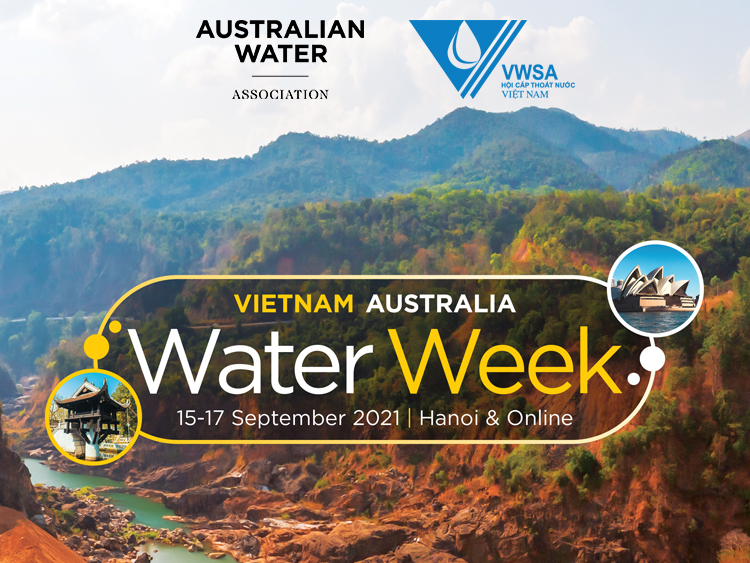
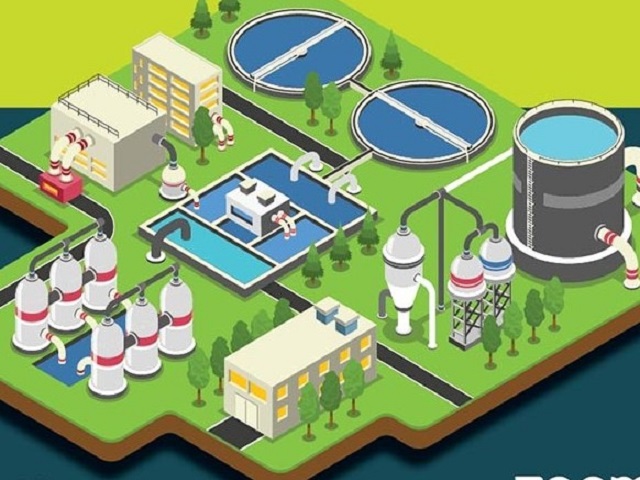
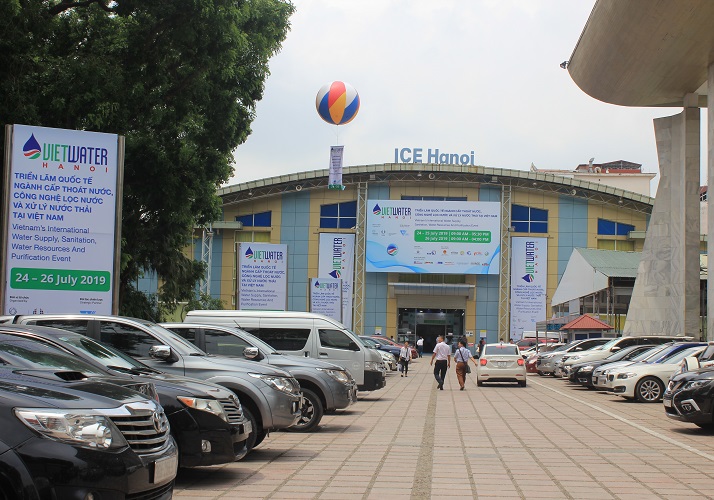



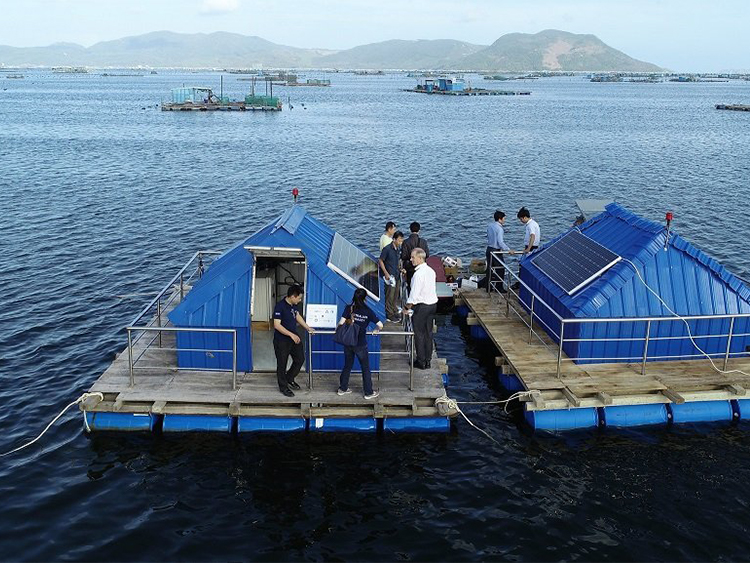

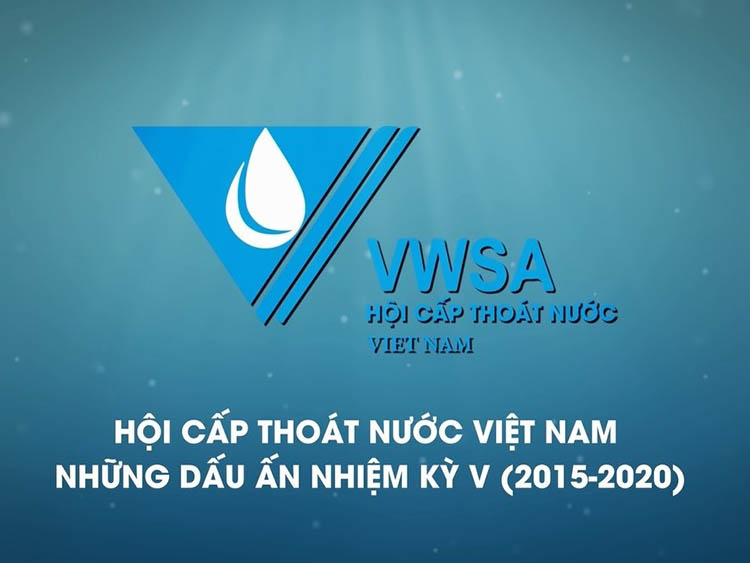
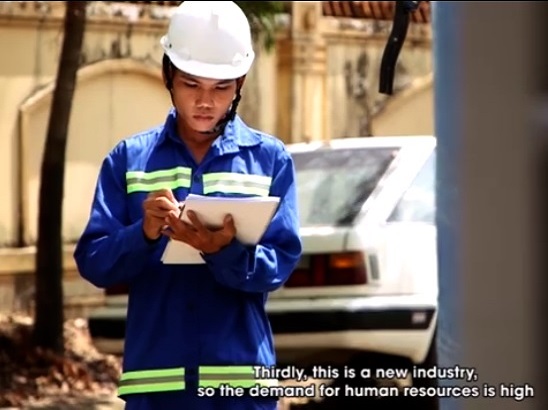


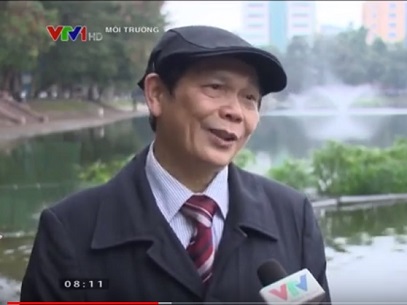
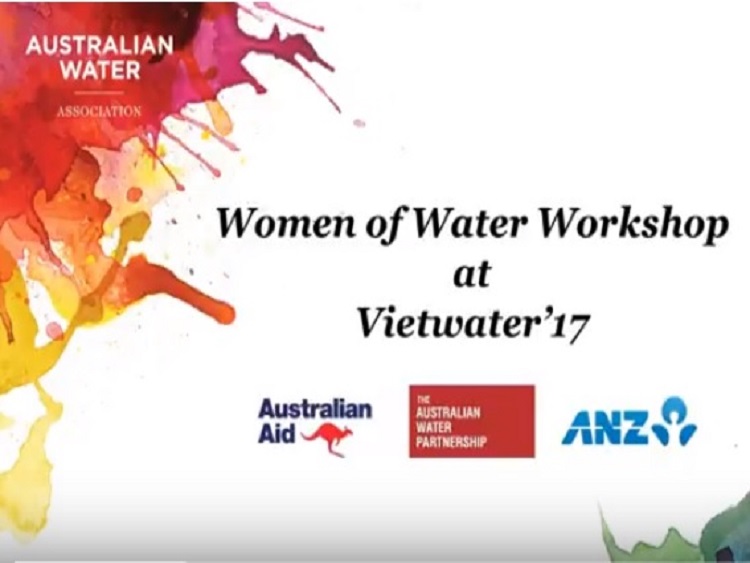
.jpg)
.jpg)
.JPG)
